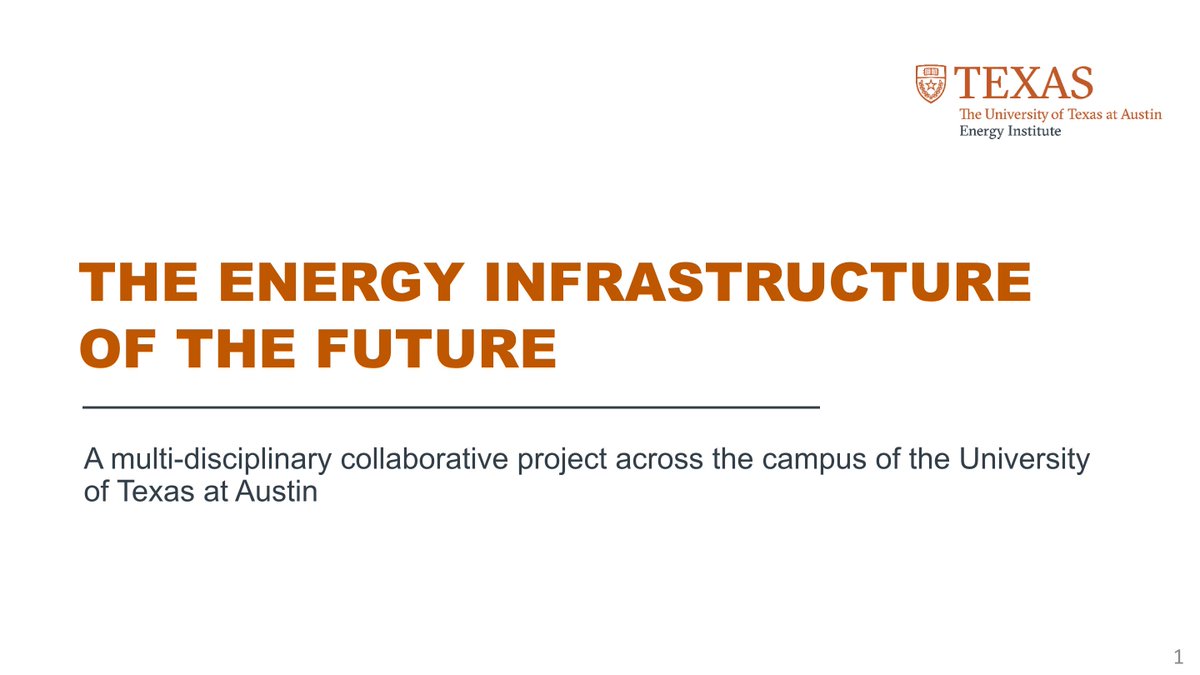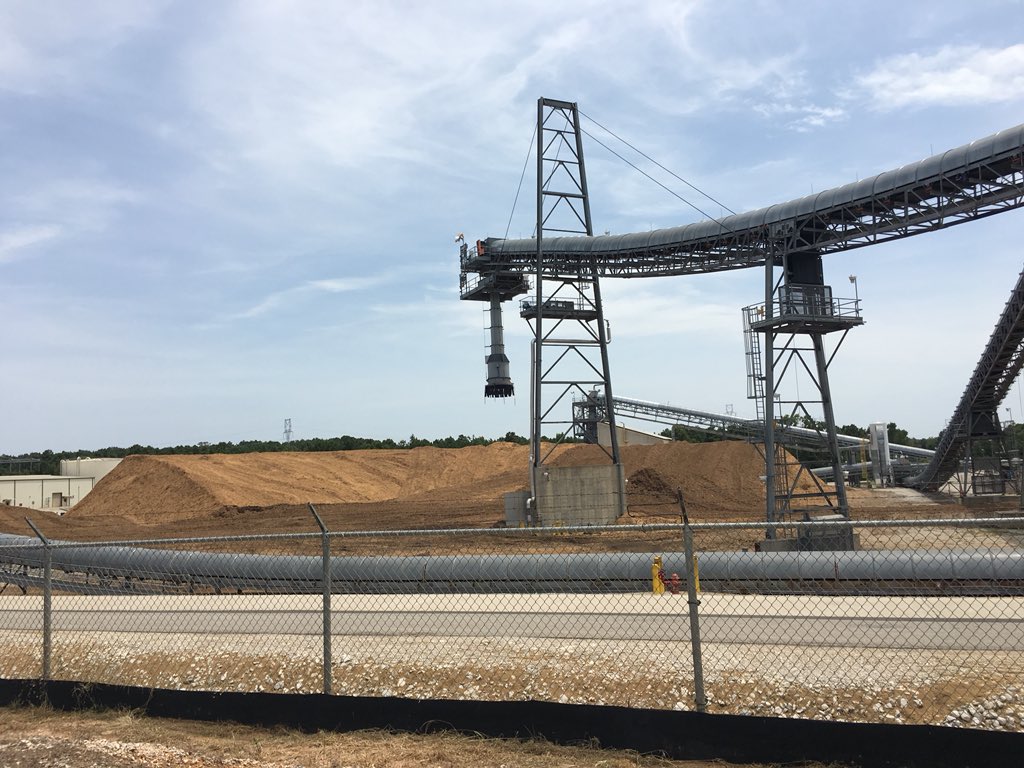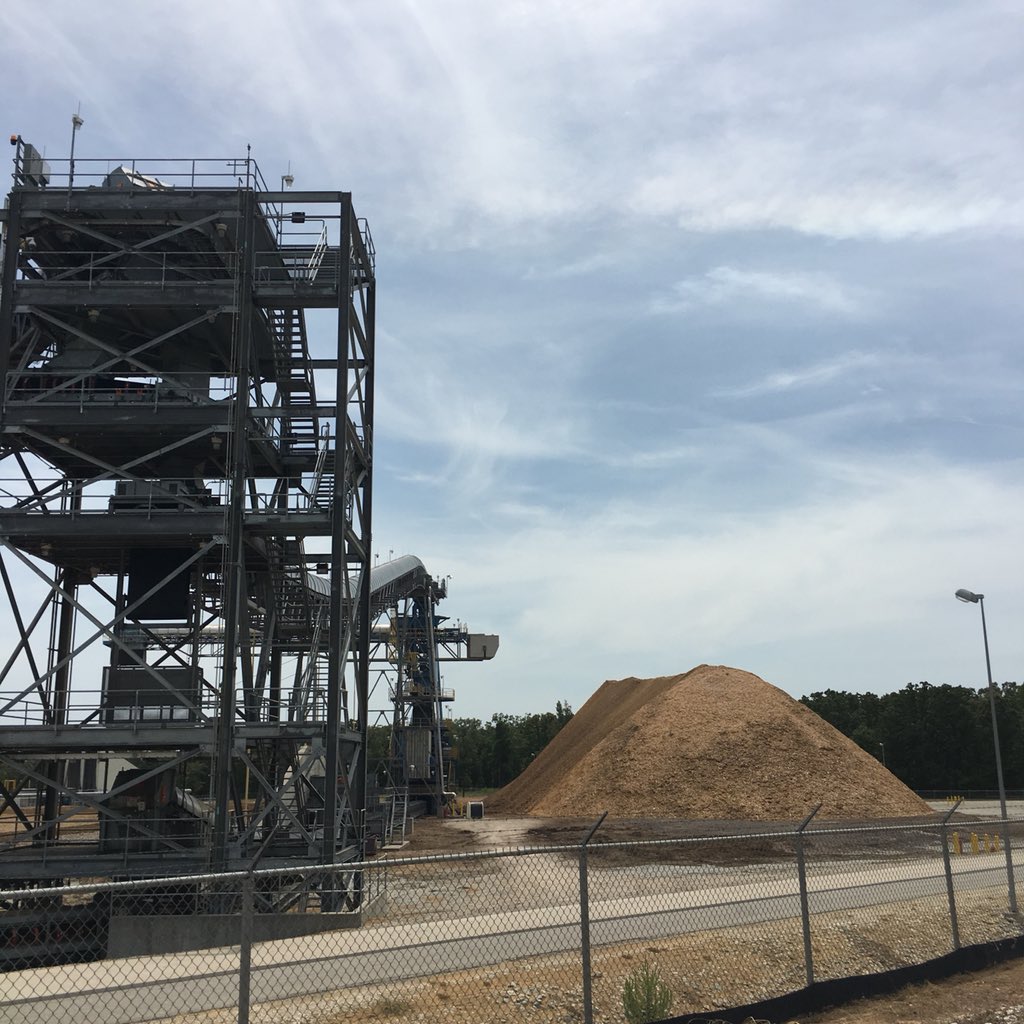
Energy | Research Scientist @UTAustin & @ColumbiaUEnergy | CTO @ideasmithsLLC | Electric Commissioner @austintexasgov | husband | dad | views my own
How to get URL link on X (Twitter) App




 Using a backcast (what would have been produced given actual wind speeds and sunlight), this chart shows how much of each fuel type "didn't show up" during Winter Storm Uri in ERCOT.
Using a backcast (what would have been produced given actual wind speeds and sunlight), this chart shows how much of each fuel type "didn't show up" during Winter Storm Uri in ERCOT. 

 Q: Why is the power out?
Q: Why is the power out?



 First, the electricity sector. To rebuild the current (~2016) system tech for tech would cost about $5T, but that system is more than halfway depreciated, so it will need investment even for BAU. Also, we would likely not rebuild exact as-is going forward (coal, etc.)
First, the electricity sector. To rebuild the current (~2016) system tech for tech would cost about $5T, but that system is more than halfway depreciated, so it will need investment even for BAU. Also, we would likely not rebuild exact as-is going forward (coal, etc.) 


